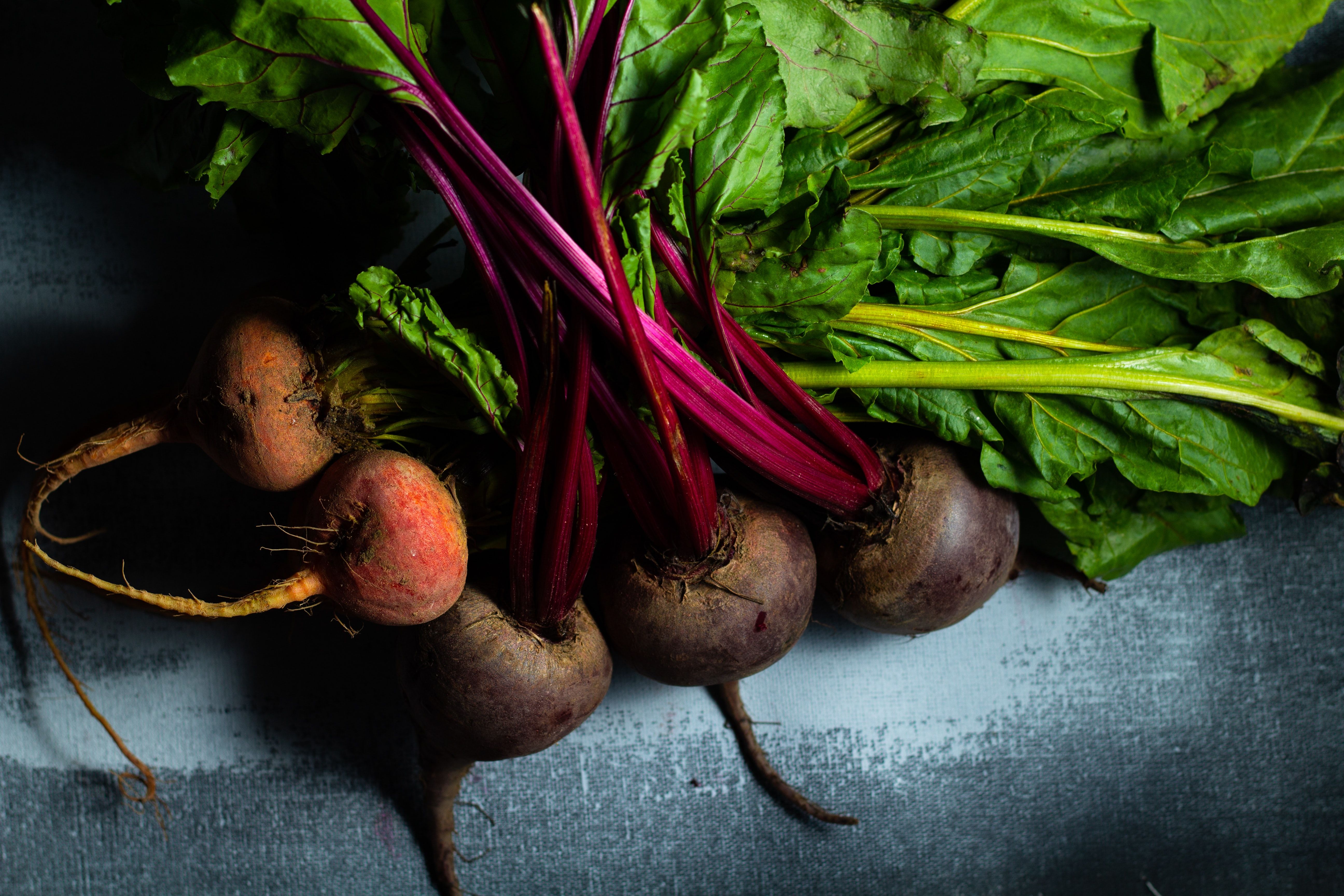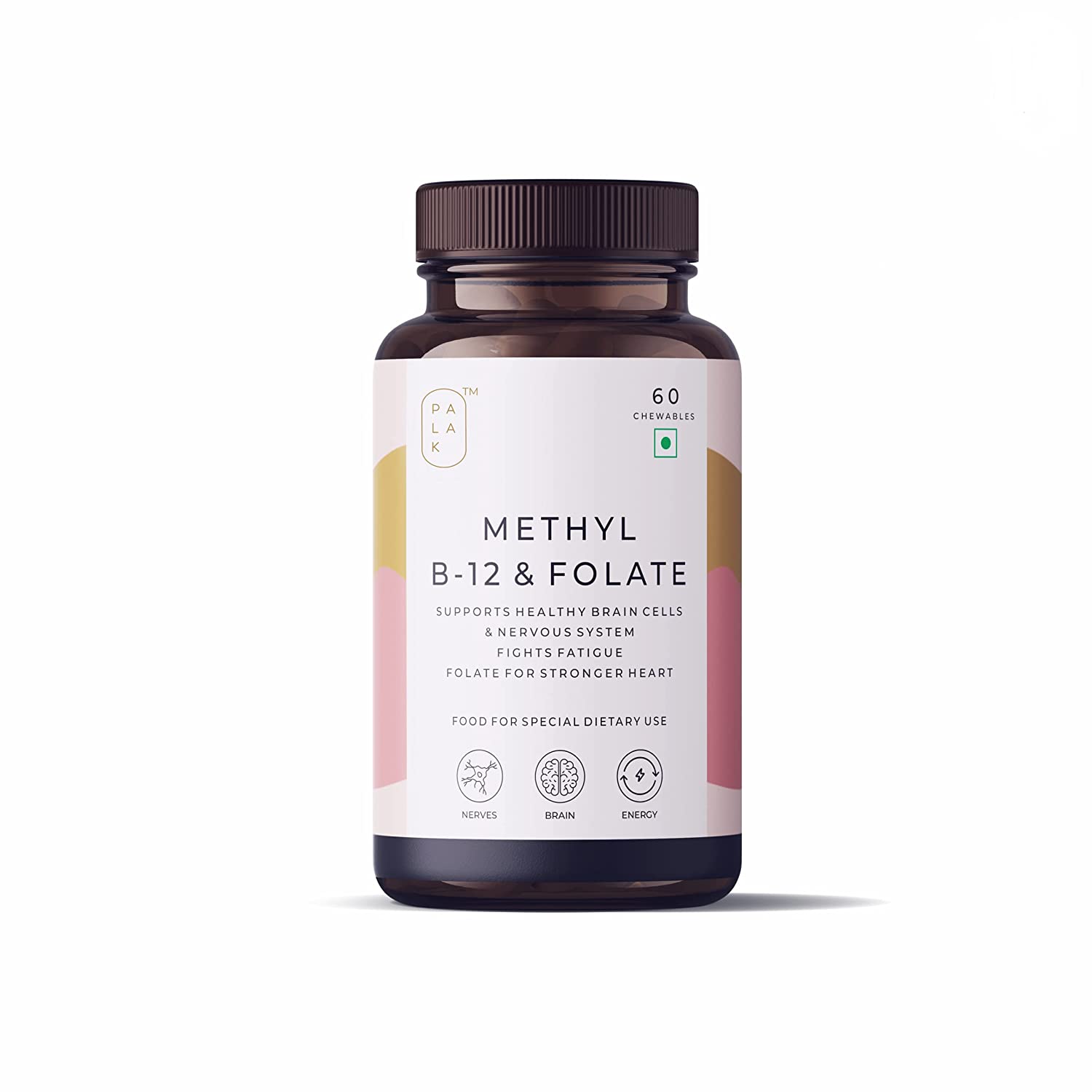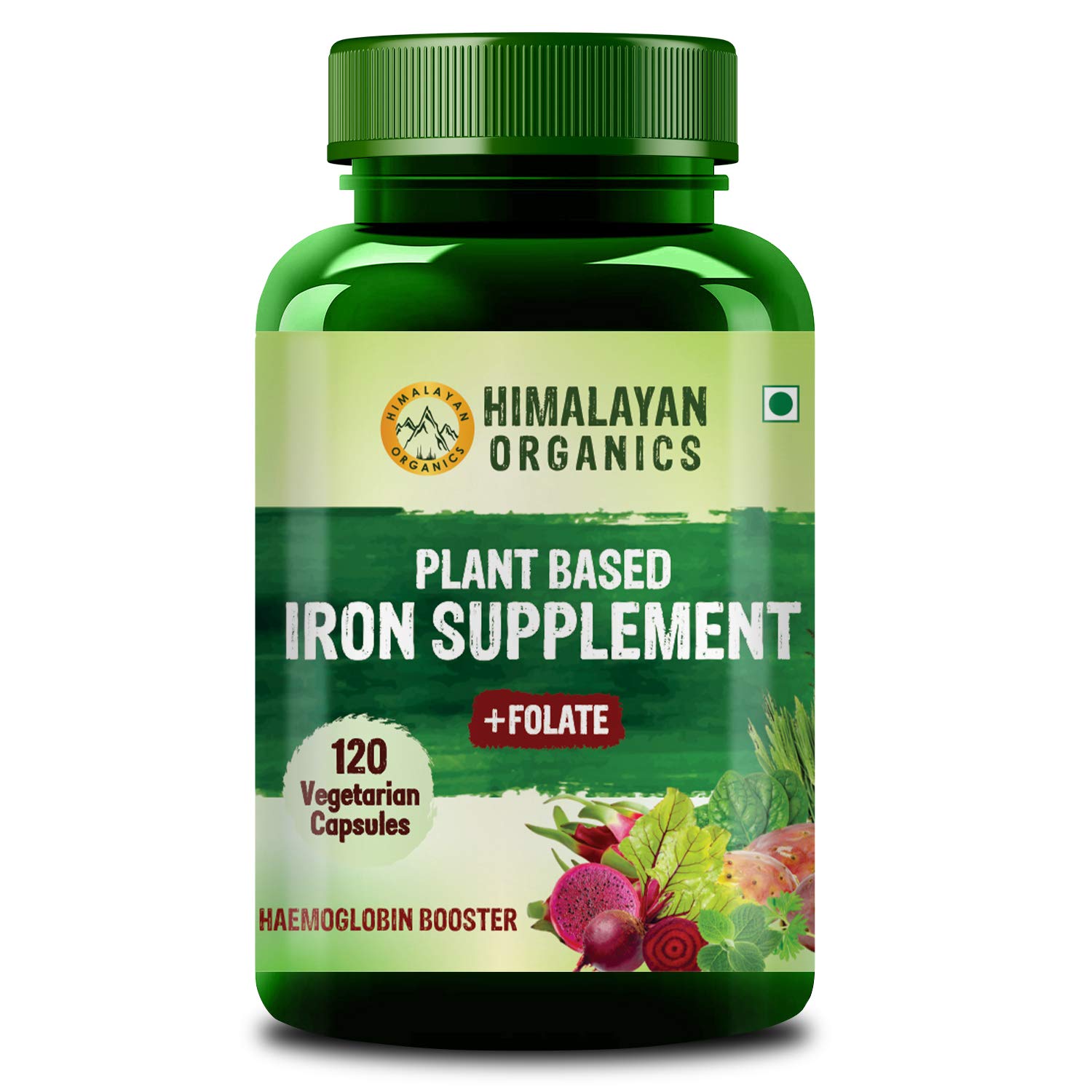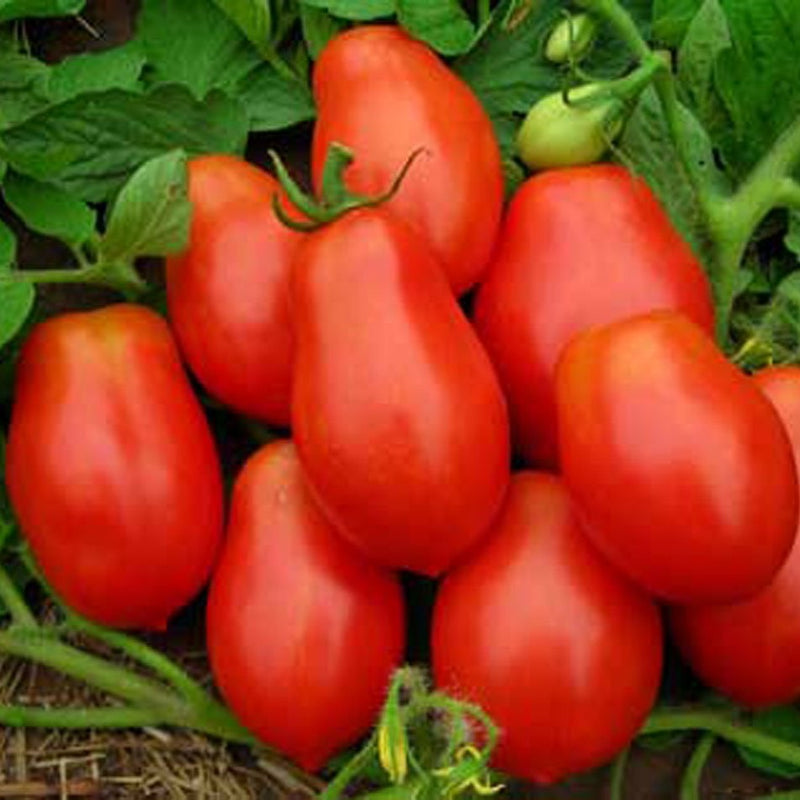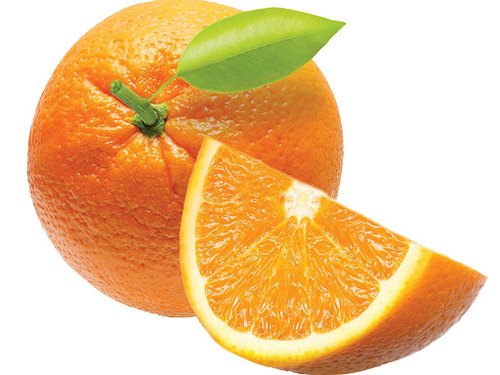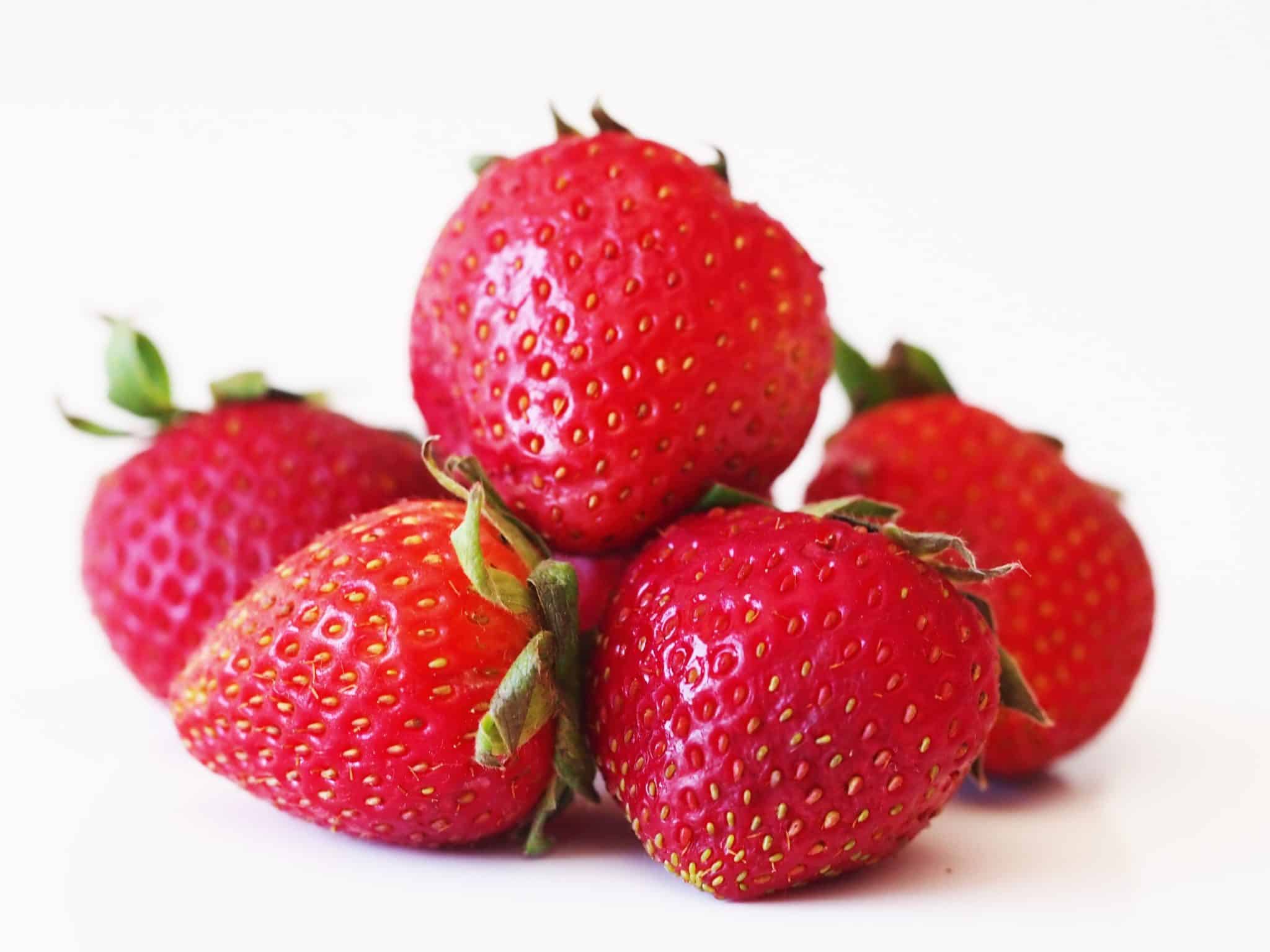Published Date January 24, 2003
Are you missing out on your Iron and Folic acid intake?
By Hetvi Shah
4 min read
Last update date: January 24, 2003
Folate and folic acid are forms of Vitamin B9. Folic acid is used for preventing and treating low blood levels of folate and high blood levels of homocysteine. 

In our country, iron deficiency and folate deficiency have been addressed as major causes of anaemia in almost all age groups. Iron helps in increasing one’s energy while folic acid helps to make healthy new cells in the body. Let's dive deep into how they play an important role in our bodies.
Iron and Folic acid
Iron is a mineral that aids in the production of red blood cells in the body. It is vital for growth and development. Haemoglobin is a protein found in RBCs that transports oxygen and is made using the iron.
Folate and folic acid are forms of Vitamin B9. Folic acid is used for preventing and treating low blood levels of folate and high blood levels of homocysteine.
Iron Folate is a combination of iron and three vitamins: vitamin C, vitamin B12, and folic acid, chiefly used to cure or prevent health problems like anaemia and assist in pregnancy and post-surgery rehab.
Vitamin C aids in improving the absorption of iron from the stomach. Folic acid is needed by the body to form healthy cells, especially red blood cells.
Iron Deficiency anaemia
Iron deficiency anaemia occurs more frequently than all the other types of anaemia. Such anaemia happens when the body does not have enough red blood cells, which is due to the lack of iron in the body. This results in low production of haemoglobin (responsible for transporting oxygen in the body). Oxygen can’t be transported in the absence of enough iron in the haemoglobin, making an individual weary and short of breath as a result.
Symptoms -
Iron deficiency anaemia might be moderate at first but it can go unnoticed. However, as the iron shortage progresses, anaemia worsens and manifests itself in a variety of ways.
Following are the signs and symptoms of iron deficiency anaemia:
- Extreme exhaustion
- Weakness
- Shortness of breath and pale skin
- Chest discomfort
- Headache
- Hands and feet freezing
- inflammation on the tongue
- Cravings for non-nutritive things like ice and dirt
- Appetite loss
- Brittle nails
According to the National Family Health Survey, 2004-05, iron deficiency anaemia is most common among children under the age of three (78.9%) and women (55%) in India, followed by males (24%).
Folate deficiency anaemia
Apart from not having enough red blood cells, one of the other common causes of folate deficiency is the lack of dietary folate (from foods with Folic acid).
Causes of folate deficiency anaemia-
Amongst several reasons, a few are mentioned below;
- Low consumption of folic acid-containing foods - not enough consumption of green leafy vegetables, beans, citrus fruits or whole grains.
- Excessive consumption of alcohol - excessive alcohol consumption for a sustained period does not allow the intestine to absorb the folic acid.
- Pregnancy - a growing baby absorbs a lot of folic acid from the mother which can create a deficiency in the mother’s body.
Symptoms -
The symptoms of folate deficiency are similar to that of iron deficiency anaemia except for a few -
- Reduced sense of taste
- Diarrhoea
- Muscle weakness
- Depression
- Pins and needles feeling or numbness in hands and feet.
Effective ways to treat Iron and Folate deficiency
Treatment of iron and folate deficiency anaemia depends on how severe the problem is and what caused it. The most common cause of anaemia is iron and folate deficiency in the body. Such deficiencies can stem from a diet lacking iron and folate and can also stem from the body’s inability to absorb these nutrients.
Iron Supplements
Iron supplements can aid in the restoration of iron levels in the body and should be taken on an empty stomach to help the body absorb them better. One might have to continue with the iron supplements for a period of time.
Choose iron-folate-rich foods
Including foods that are rich in iron and folate in your diet is the most effective way to prevent an iron and folate deficiency.
- Dark green leafy vegetables
- Dried fruits and nuts
- Iron-fortified cereals
- Beans
- Eggs
- Meat
- Seafood such as shrimp, clams, and oysters
Choose foods containing Vitamin C
Consuming foods high in Vitamin C improves iron absorption. Citrus liquids, such as orange juice, contain vitamin C, which aids in the absorption of dietary iron while they can be a natural source of folate too.
Vitamin C can be found in these fruits and vegetables:
- Oranges
- Grapefruit
- Broccoli
- Kiwi
- Melons
- Strawberries
- Tomatoes
Takeaway
To increase your Iron and Folic acid intake, increase the consumption of green leafy vegetables and other foods that have significantly higher contents of iron and folic acid in them. For instance; fruits like bananas are high in both folate (a form of folic acid) and iron, while beetroots are high in iron content.
References
- https://ods.od.nih.gov/factsheets/Iron-Consumer/
- https://www.webmd.com/drugs/2/drug-2557/iron-folic-acid-oral/details
- https://www.mayoclinic.org/diseases-conditions/iron-deficiency-anemia/symptoms-causes/syc-20355034
- https://www.indiaspend.com/anaemia-is-the-biggest-cause-of-disability-in-india-worst-in-brics-43371#:~:text=Iron%2Ddeficiency%20anaemia%20in%20India,of%20breath%20and%20decreased%20concentration
- https://www.healthline.com/health/iron-deficiency-anemia#prevention
- https://www.mayoclinic.org/diseases-conditions/iron-deficiency-anemia/symptoms-causes/syc-20355034
Keep reading

Alcohol's effect on your Mental Health
All about folate, thiamine, mental health and alcohol.
By Arpita Sudev

Gluten and your health
All about calcium, iron and gluten.
By Arpita Sudev
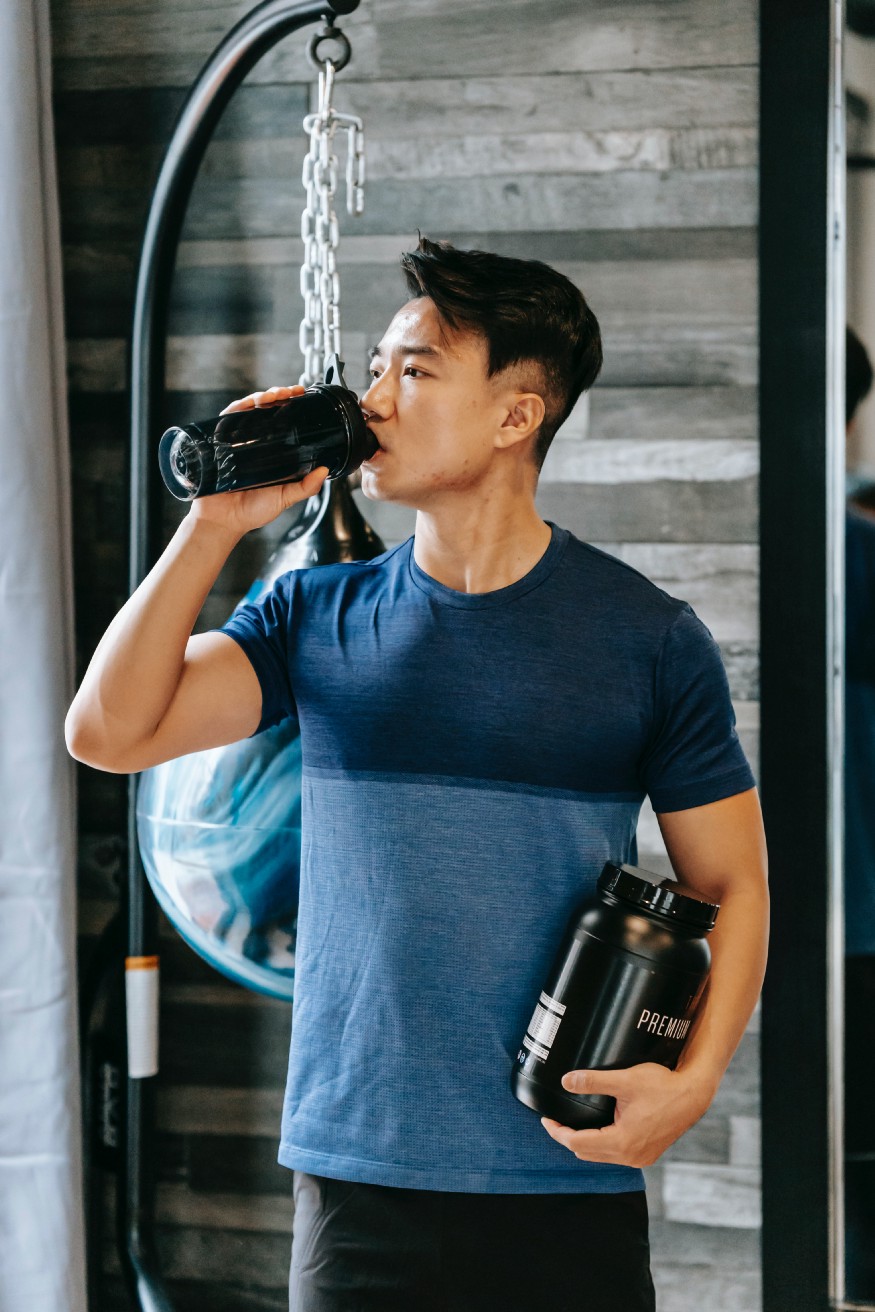
Are protein powders good for you?
All about amino acids, plant-based protein, added sugars and protein
By Arpita Sudev
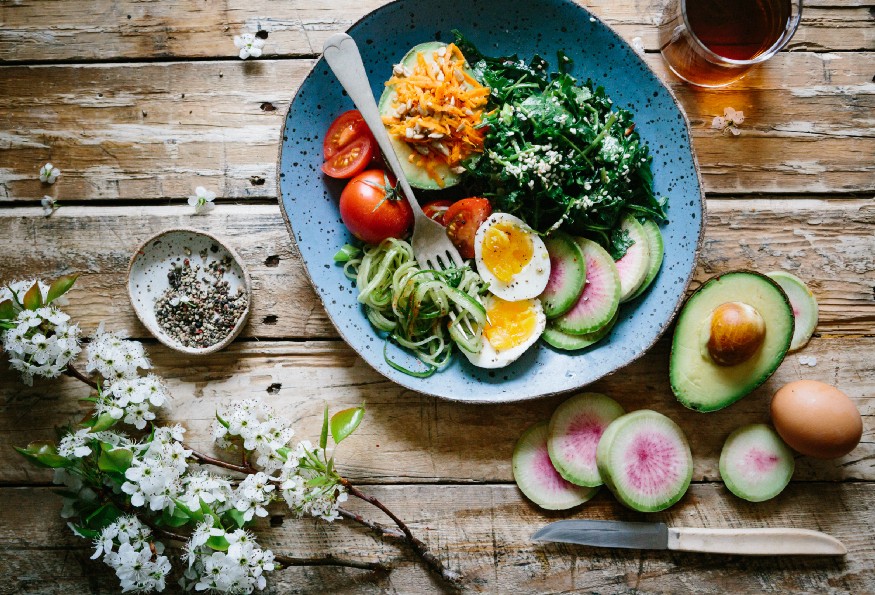
Nutrients you’re missing on a gluten free diet
All about Vitamin B6, Iron, Vitamin B12 and gluten-free diet.
By Arpita Sudev
Related Items
Choose Healthy With Us.
Know the real truth about your food. Stay informed and healthy, for free.
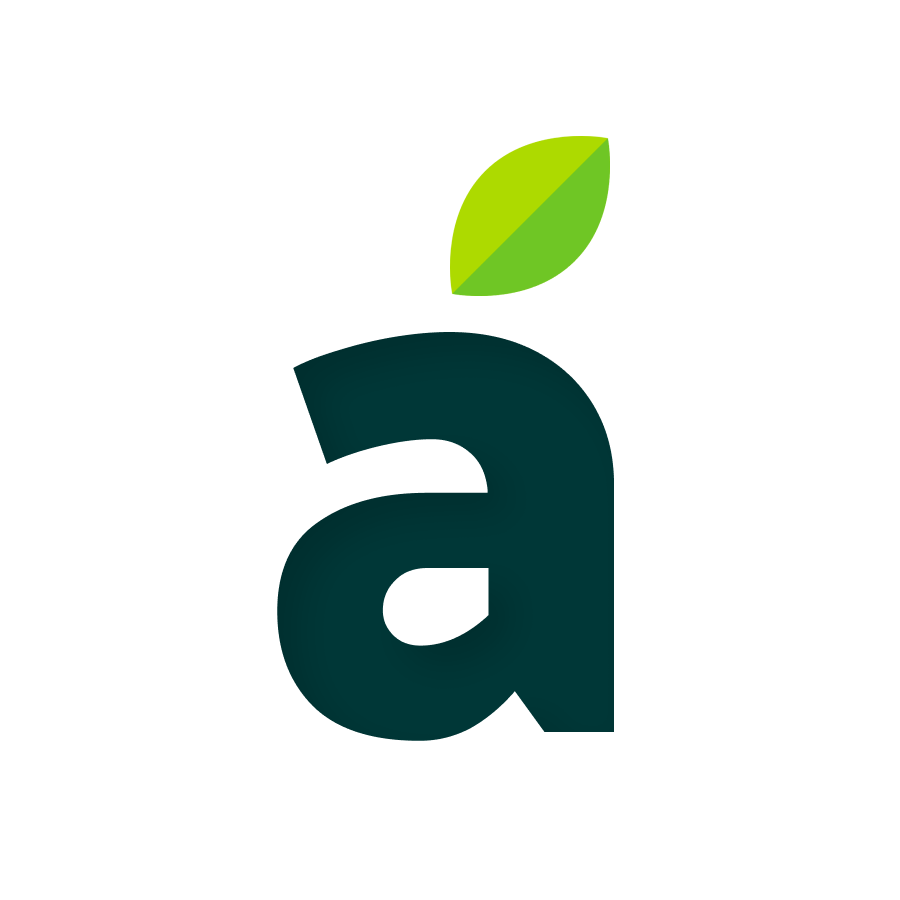
Download the App Now
Certified nutritionists trust our food recommendations. Safe to say, so can you :)




